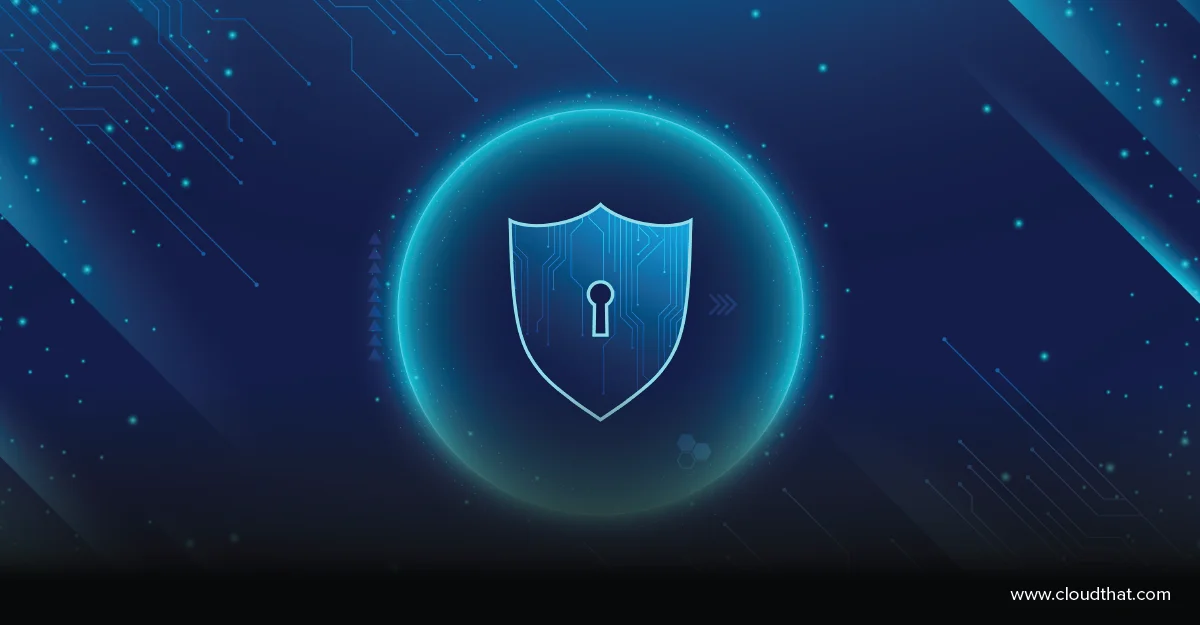|
Voiced by Amazon Polly |
Introduction
In today’s quickly changing digital environment, web application security is essential to safeguard against online attacks. A significant weapon at our disposal is the AWS Application Firewall (WAF), a barrier between online applications and prospective attackers. Even though AWS WAFs have a set of predefined rules, they also give you the freedom to design unique rules suited to your application’s particular requirements. This blog post will discuss the main elements of custom rules, such as the rule builder, log groups, and managed rules, along with their significance in enhancing AWS WAF protection.
Pioneers in Cloud Consulting & Migration Services
- Reduced infrastructural costs
- Accelerated application deployment
Rule Builder
The rule builder is a key component of AWS WAF that enables users to create unique rules based on criteria. Using this user-friendly interface, you can define rules that match particular request parameters like headers, query strings, or request bodies. You can defend against such attacks by using the rule builder to specify exact rules to recognize and reject fraudulent requests.
For example, you can create rules to block requests that contain suspicious patterns in the URL or requests with known malicious user agents, you can inspect string matching or containing the exact words and block requests based on size and XSS and SQL injection attacks
Additionally, the rule builder enables you to set up rate-based rules to limit the number of requests from a single IP address within a certain timeframe, mitigating the risk of DDoS attacks.

Rule Groups
AWS WAF rule group is a collection of grouped rules to allow you to organize and manage your web application firewall rules efficiently.
You can easily apply rules to multiple web applications or specific parts of an application using rule groups. This simplifies the management and maintenance of your AWS WAF configuration. The ruling group can be made based on specific use cases, such as path inspection or any automation which may be required for a particular set, and you don’t want to disrupt other rules for the same.
IP sets
With AWS WAF IP sets, you can easily create IP sets to allow or block traffic from specific IP addresses or ranges. This feature is particularly useful for blocking malicious or suspicious traffic, preventing DDoS attacks, and implementing IP-based access controls.
Additionally, help whitelist your verified set of IPs which may be triggering your custom rule set. They integrate seamlessly with AWS WAF managed and custom rules, allowing you to apply IP-based filtering to protect your web applications effectively.

Logging and Metrics
The AWS WAF (Web Application Firewall) provides three options for enabling logging for your webACL (web Access Control List):
- Amazon CloudWatch: AWS WAF allows you to send logs to Amazon CloudWatch. By enabling logging to CloudWatch, you can gain visibility into your webACL’s activity and performance. You can utilize Amazon CloudWatch Logs to search, filter, and analyze the logs. Additionally, you can set up Amazon CloudWatch Alarms to trigger notifications or automated actions based on log data.
- Amazon S3: AWS WAF enables you to store logs directly in an Amazon S3 (Simple Storage Service) bucket. This option saves log entries as files in your designated Amazon S3 bucket. Storing logs in Amazon S3 provides durability, scalability, and long-term storage.
- Amazon Kinesis Data Firehose Stream: AWS WAF also supports sending logs to an Amazon Kinesis Data Firehose delivery stream. Amazon Kinesis Data Firehose is a fully managed service that receives, processes and delivers streaming data in real-time. You can easily integrate the logs with other AWS services or third-party applications for real-time analytics or archival purposes by configuring AWS WAF to send logs to the Amazon Kinesis Data Firehose stream.

Conclusion
Rule groups allow efficient management of AWS WAF rules across applications, while IP sets facilitate blocking or allowing traffic from specific IP addresses. Logging options, such as Amazon CloudWatch, AWS S3, and Amazon Kinesis Data Firehose, offer visibility into webACL activity and enable analysis, storage, and real-time log data integration for enhanced security.
Making IT Networks Enterprise-ready – Cloud Management Services
- Accelerated cloud migration
- End-to-end view of the cloud environment
About CloudThat
CloudThat is an award-winning company and the first in India to offer cloud training and consulting services worldwide. As a Microsoft Solutions Partner, AWS Advanced Tier Training Partner, and Google Cloud Platform Partner, CloudThat has empowered over 850,000 professionals through 600+ cloud certifications winning global recognition for its training excellence including 20 MCT Trainers in Microsoft’s Global Top 100 and an impressive 12 awards in the last 8 years. CloudThat specializes in Cloud Migration, Data Platforms, DevOps, IoT, and cutting-edge technologies like Gen AI & AI/ML. It has delivered over 500 consulting projects for 250+ organizations in 30+ countries as it continues to empower professionals and enterprises to thrive in the digital-first world.
FAQs
1. How can rule groups benefit my AWS WAF configuration?
ANS: – Rule group help in the isolation of a set of rules and help in the efficient management of your custom WAF rules.
2. How can AWS WAF logging help to enhance security?
ANS: – Enabling logging in AWS WAF can help track and monitor potential threats from the most vulnerable Url paths. Additionally, help in keeping the records for audit purpose.
3. What changes can be made in AWS managed rules?
ANS: – You can change the scope of request inspection based on certain criteria and override rules such as changing action to count, IP set whitelisting, and more.

WRITTEN BY Akshay Mishra
Akshay Mishra works as a Subject Matter Expert at CloudThat. He is a Cloud Infrastructure & DevOps Expert and AWS Certified. Akshay is experienced in designing, securing, and managing scalable cloud infrastructure on AWS. Proven track record working with government, pharmaceutical, and financial clients in roles such as Cloud Engineer, Associate Solutions Architect, and DevOps Engineer. He is skilled in AWS infrastructure, CI/CD, Terraform, and cloud security, with certification in AWS Security – Specialty.


 Login
Login


 June 8, 2023
June 8, 2023 PREV
PREV










Comments